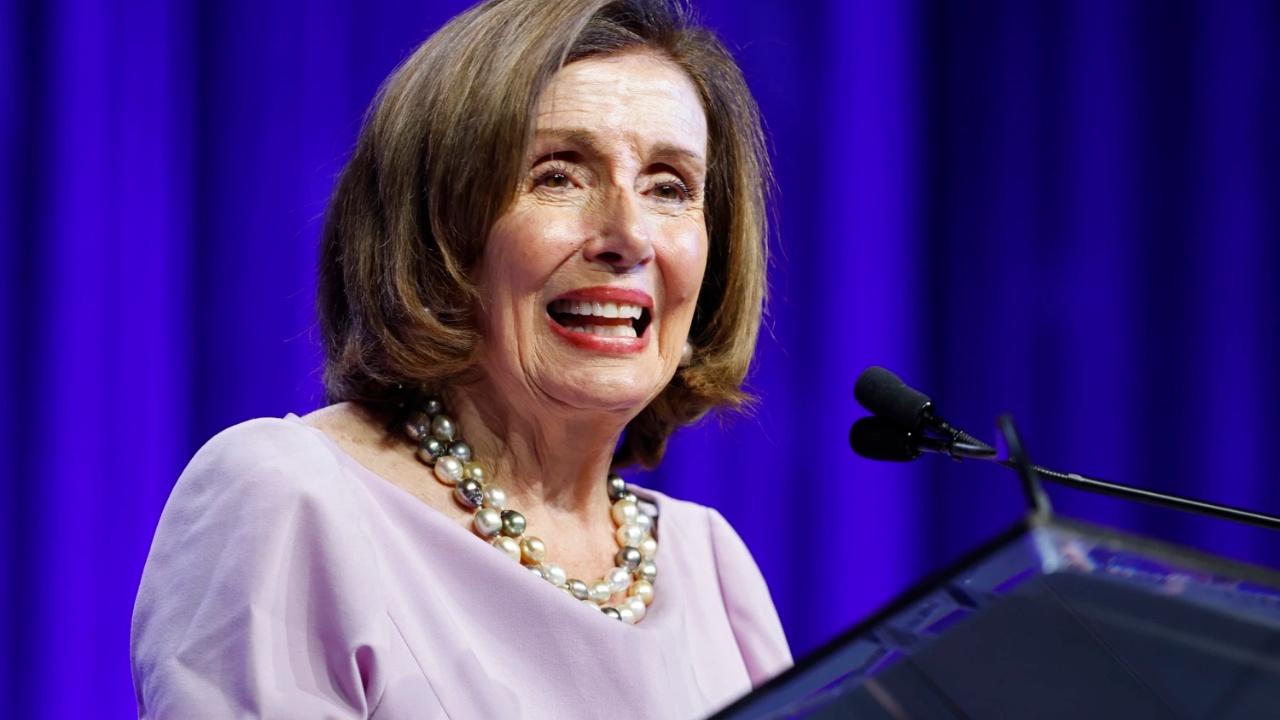Nancy Pelosi‘s financial standing has become a topic of intense public fascination, blending politics, power, and portfolio management. After decades in Washington, the veteran congresswoman’s wealth has soared into the hundreds of millions, a figure that dwarfs her congressional salary and fuels endless debate over how she built her fortune. From her lucrative stock trades to the enduring controversy over insider information, her financial journey offers a compelling look at the intersection of public service and personal wealth.
Let’s pull back the curtain on the finances of one of America’s most powerful politicians.
You Might Like: Tori Kelly’s Marriage and the Joy of a Baby on the Way
Breaking Down the Pelosi Fortune
While her exact net worth is not officially declared and must be estimated from publicly disclosed ranges, the figures are staggering. As of 2025, Nancy Pelosi’s net worth is estimated to be between $260 million and $280 million, making her one of the wealthiest members of Congress. This fortune is a far cry from the $610,000 to $785,000 in stocks she and her husband, Paul Pelosi, reported when she first entered Congress in 1987. This growth represents a profit of nearly 17,000% over her 38-year career, significantly outpacing the broader market.
Her wealth isn’t just a number on paper. The Pelosis have built a diverse portfolio that includes stock investments valued at over $130 million, a multi-million dollar mansion in San Francisco’s Pacific Heights, a Napa Valley winery, and other commercial real estate and business ventures. Her congressional salary, though a topic of discussion, is a minor part of this picture. While she now earns a base pay of $174,000 as a rank-and-file member, reports indicate she may receive additional compensation as a senior member, bringing her total annual government salary to $223,500. This salary, however, accounts for less than 0.1% of her total estimated wealth.
The Stock Market and the “Insider” Question
The engine behind the Pelosi fortune is undoubtedly the stock market, specifically the savvy—and highly controversial—trades made by her husband, Paul Pelosi. Platforms like Quiver Quantitative have made it easy for the public to track these transactions, which are disclosed under the STOCK Act. The Pelosi portfolio is packed with major tech giants. Some of their most notable holdings include between $25 million and $50 million in Apple stock, as well as large positions in companies like Nvidia, Microsoft, Salesforce, and Palo Alto Networks.

Their trading success is legendary. One of their most famous coups was an options trade on Nvidia. They reportedly acquired call options allowing them to buy 50,000 shares of the AI chipmaker for just $12 per share—a fraction of its market price at the time—resulting in a paper profit of millions on an investment of about $2.4 million. While not every trade is a winner, this aggressive use of options, which leverages large amounts of money based on high conviction, has characterized their strategy and delivered returns that have consistently beaten the S&P 500.
This incredible success has naturally led to persistent allegations of insider trading. Critics argue that as Speaker of the House, Nancy Pelosi had access to non-public, market-moving information, and that her husband’s impeccably timed trades are too fortunate to be coincidental. The issue has become such a lightning rod that Senator Josh Hawley proposed legislation dubbed the “PELOSI Act” to ban lawmakers from trading individual stocks.
Pelosi has always vehemently denied any wrongdoing. In a 2025 interview, she snapped at journalist Jake Tapper, stating, “I have no concern about the obvious investments that have been made over time… My husband is, but it isn’t anything to do with anything insider.” She has also expressed support for efforts to ban congressional stock trading to instill public confidence, even while maintaining that no one in Congress is currently breaking the law.
The story of Nancy Pelosi’s wealth is a powerful narrative about modern American politics. It shows how a family can amass an immense fortune through aggressive market investing while navigating the delicate and often criticized space where personal financial ambition meets high-level public duty.



